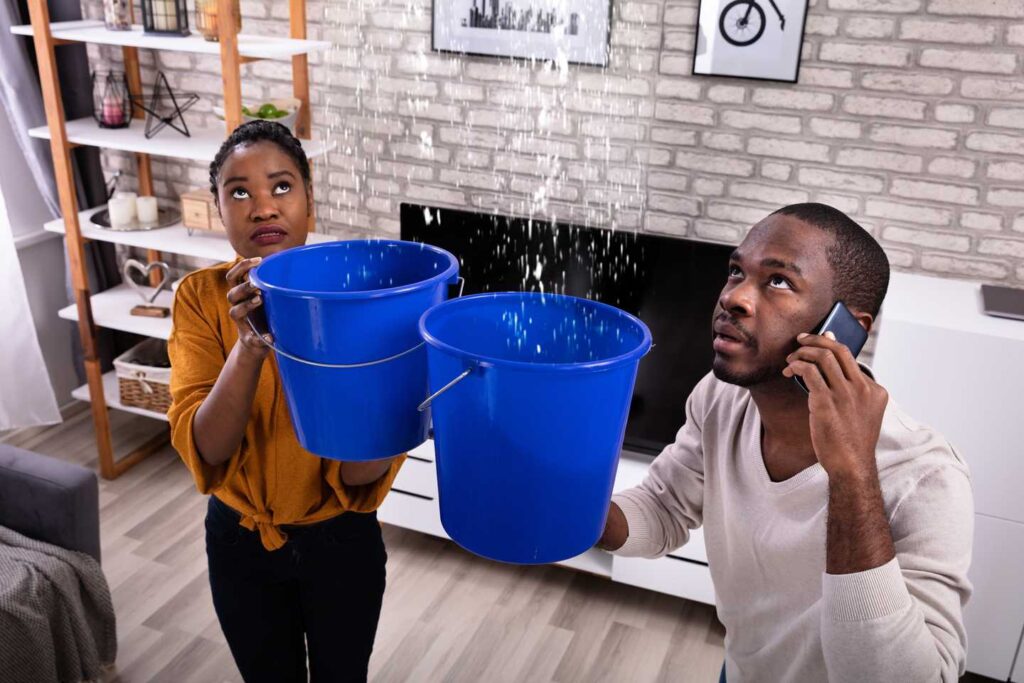
Water damage emergencies can strike unexpectedly and cause significant damage to your home or property if not addressed promptly. Whether it’s a burst pipe, a leaking appliance, or a natural disaster, knowing how to handle water damage emergencies is crucial to minimize the extent of the damage and prevent further issues such as mold growth and structural damage. In this article, we will discuss key steps to take when faced with a water damage emergency.
The first and most important step is to ensure your safety and the safety of others. If the water damage is extensive or poses a risk to your well-being, such as a flooding situation, it is essential to evacuate the area and contact emergency services if necessary. Your safety should always be the top priority.
Once you have ensured everyone’s safety, it is crucial to locate and stop the source of water if possible. Shut off the main water supply to your property to prevent any additional water from entering the affected area. If the water damage is caused by a burst pipe or a leaking appliance, turn off the water supply to the specific fixture or appliance.
Next, it is important to remove any valuable items or belongings from the affected area. Furniture, electronics, and personal items should be moved to a dry location to prevent further damage. Quick action in salvaging your belongings can make a significant difference in their restoration and minimize financial losses.
The next step is to remove excess water and begin the drying process. Use mops, towels, or a wet/dry vacuum to remove standing water. If the water damage is extensive, consider contacting a professional water damage restoration company that has the necessary equipment and expertise to extract water efficiently. Open windows and doors to increase airflow and use fans or dehumidifiers to aid in the drying process.
It is crucial to address water damage as soon as possible to prevent the growth of mold and mildew. Mold can begin to develop within 24 to 48 hours of water exposure, leading to potential health issues and further damage to your property. If the affected area is larger than what you can handle on your own, consider contacting professionals who specialize in water damage restoration to ensure thorough drying and prevent mold growth.
Documenting the water damage is an important step in the process. Take photographs or videos of the affected areas and damaged items before any cleanup or restoration efforts are initiated. This documentation will be valuable when filing an insurance claim and can assist in the assessment of the damage.
Contact your insurance company as soon as possible to report the water damage. Provide them with accurate information about the incident and the steps you have taken to mitigate the damage. They will guide you through the claims process and provide you with the necessary information and documentation required to file a claim.
In the aftermath of water damage, it is essential to focus on proper restoration and repairs. Depending on the extent of the damage, you may need to enlist the services of professionals who specialize in water damage restoration. They have the expertise, equipment, and knowledge to assess the damage accurately and restore your property to its pre-damage condition.
In conclusion, quick response is crucial when dealing with water damage emergencies. Ensuring safety, stopping the source of water, salvaging belongings, removing excess water, drying the affected area, documenting the damage, contacting your insurance company, and considering professional restoration services are key steps to take. By being proactive and following these steps, you can minimize the extent of the damage, protect your property, and restore your home efficiently after a water damage emergency.
